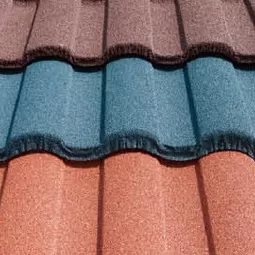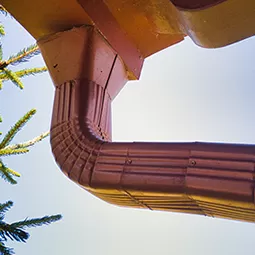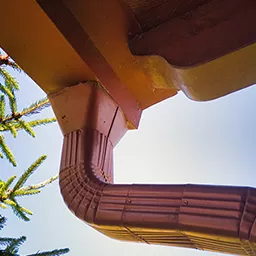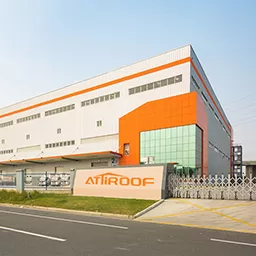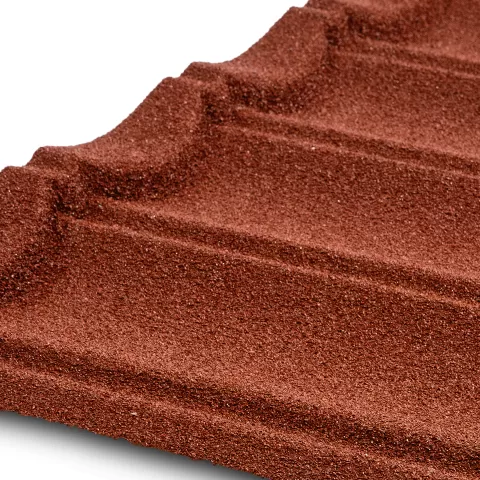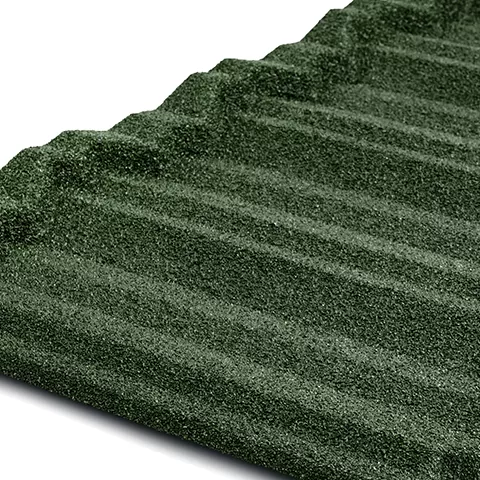Fire prevention is a crucial aspect of home maintenance, ensuring the safety and longevity of your property. Here are essential tips every homeowner should follow, focusing on areas directly related to the roof, which is often a primary line of defense against fire.
Regular Roof Maintenance: Your First Line of Defense
Routine Inspection: At least twice a year, conduct a thorough inspection of your roof. Look for missing, damaged, or loose shingles or tiles, as these can expose your roof to direct flame or embers. Additionally, check for moss and algae growth, which can retain moisture and deteriorate roofing materials over time, reducing their fire resistance.
Debris Removal: Keep your roof and gutters free from debris such as leaves, twigs, and other combustible materials. In dry conditions, these can easily catch fire from airborne embers from nearby wildfires or even from chimney sparks.
Ventilation and Insulation: Ensure that your attic is well-ventilated and properly insulated. This not only helps in reducing heat buildup during summer but also prevents ice dams in colder weather, both of which can compromise your roof's integrity and fire resistance over time.
Professional Assessment: Consider hiring a roofing professional to assess your roof's condition and fire resistance. They can identify potential vulnerabilities and recommend specific maintenance or upgrades to enhance your roof's fire resistance.
Chimney Care: An Annual Must-Do
Cleaning and Inspection: Have your chimney cleaned and inspected by a professional at least once a year. A buildup of creosote (a byproduct of burning wood) can ignite and cause chimney fires, which can quickly spread to your roof and the rest of your home.
Cap Installation: Ensure your chimney is equipped with a cap fitted with a wire-mesh screen to prevent sparks and embers from escaping and landing on your roof.
Surrounding Area: Trim any tree branches that hang over your chimney. Sparks can easily ignite these branches and potentially spread the fire to your roof or other parts of your property.
Electrical Safety: Keeping Fire Hazards at Bay in Your Attic
Wiring Inspection: Older homes, in particular, should have their electrical wiring inspected by a licensed electrician. Faulty wiring is a common cause of attic and roof fires.
Safe Storage: Keep your attic clear of stored items, especially flammable materials like old newspapers, cardboard boxes, and clothing. These items can fuel a fire, should one start.
Lighting: Use LED lights in your attic, which produce less heat than traditional bulbs. Ensure that any installed lighting is kept away from insulation and other combustible materials.
Smoke Detectors: Install smoke detectors in your attic and throughout your home. Early detection can make a significant difference in preventing the spread of fire.




